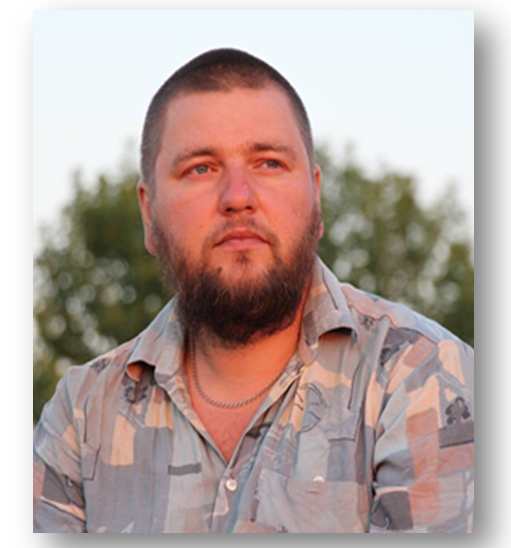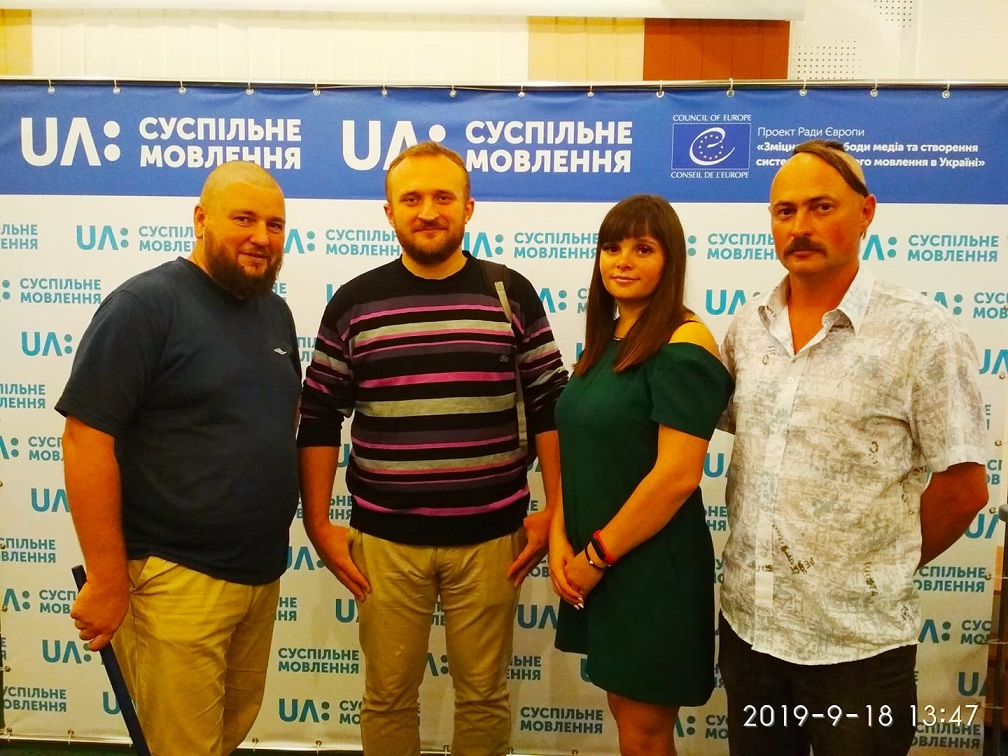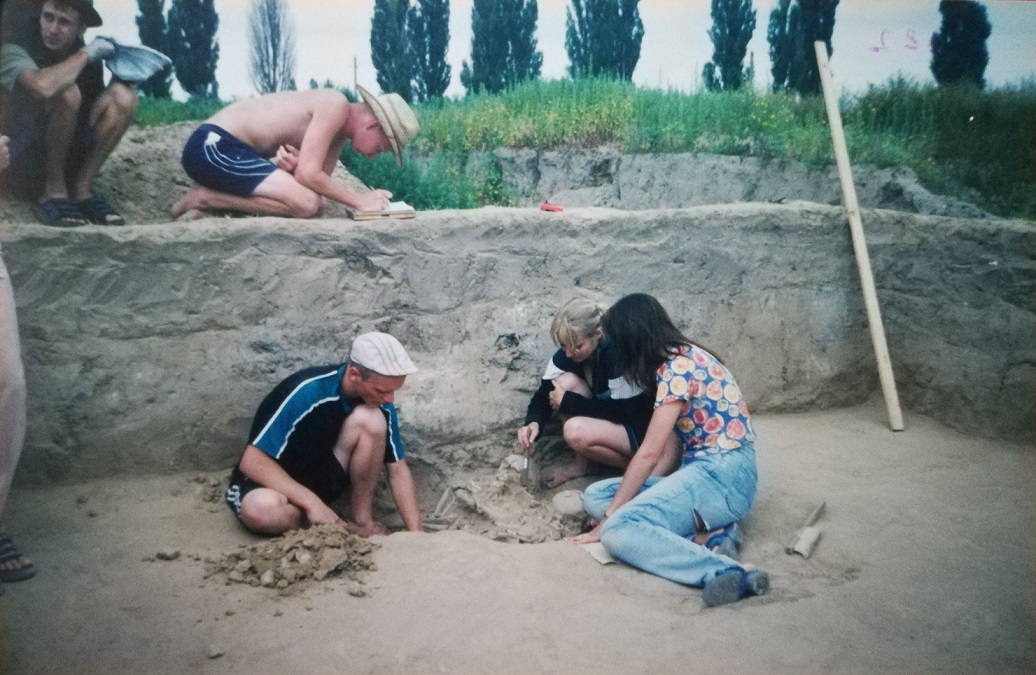Updated: 4/8/2025
History of the Establishment of the Archaeological Museum at KSU
Based on the decision of the Academic Council of Kherson State University (Minutes No. 10 dated April 27, 2020) and the Rector's Order No. 403-D dated May 4, 2020, the Regulations on the Archaeological Museum of Kherson State University were enacted. According to the Rector’s Order No. 968-D dated October 12, 2020, "On Changes in the Structure of Kherson State University," the Archaeological Museum was established as a separate structural unit under the supervision of First Vice-Rector S.A. Omelchuk. Sergey Niemtsev, a Category I specialist, was appointed as the head of the museum категорії.
According to the Rector’s Order No. 308-D dated May 31, 2024, "On the Evacuation of the Archaeological Museum of Kherson State University," the museum was relocated to the city of Ivano-Frankivsk.
By Rector’s Order No. 36-D dated January 30, 2025, "On the Specifics of the Functioning of the University’s Archaeological Museum Relocated to Ivano-Frankivsk," as of February 1, 2025, the museum was incorporated into the structure of the Faculty of Psychology, History, and Sociology. Oleksandr Cheremisin was appointed responsible for the museum’s operations, while Oleksandr Voloshyn was tasked with the preservation of the museum’s collections.
The Archaeological Museum officially opened on February 25, 2025.

Іnstruction on records organisation of museum pieces in the Archaeological museum of KSU

Serhii Niemtsev – Head of the Archaeological Museum of Kherson State University till 2023
A scholar from the Department of History, Archaeology, and Teaching Methods at Kherson State University, Serhii Niemtsev believes that archaeology is a crucial science that helps humanity understand its past.
His interest in archaeology began during his university studies. Since then, his life has been filled with excavations, discoveries, and expeditions. Over time, he became an initiator and organizer of scientific research himself.
Serhii Niemtsev actively collaborates with students of the Faculty of History and Law. Together, they embark on expeditions and conduct excavations. Every summer, archaeology students from Kherson State University, guided by their mentor, explore ancient settlements. In 2019, excavations began at the Skelka settlement near the village of Oleksandrivka. It is planned to continue the research in 2021, as quarantine restrictions made excavations impossible.

"Every year, students join me on expeditions. Researchers who graduated from the university 5, 10, or even 15 years ago also take part. It is like one big archaeological family," the lecturer noted.
Serhii Niemtsev also heads the Archaeological Laboratory of Kherson State University. "All our findings are stored in the university’s archaeological laboratory. This is where the processing and analysis of materials from the latest field season take place," the archaeologist explained. Serhii also hopes that an archaeology museum will soon be established based on the laboratory. This is a dream shared by him and his archaeology students.
The laboratory staff regularly participate in national and international scientific conferences on the archaeology of the Northern Black Sea region and publish the results of excavations in academic journals
.jpg?id=710069af-43bf-4824-b13c-d67cb40140f8&width=768&height=384)
In 2020, Serhii Niemtsev, along with Hanna Batenko, Oleh Boikov, and Halyna Mykhailenko, took part in the international project "Learn to Discern: Media Literacy" (organized by the International Research and Exchanges Board (IREX), with support from the U.S. and UK Embassies in Ukraine, in partnership with the Ministry of Education and Science of Ukraine and the Academy of Ukrainian Press). The purpose of participation in the project was to support the development and modernization of educational programs and modules for training future educators, ensuring the integration of critical information perception skills into the educational process of higher education institutions.
Currently, Serhii Niemtsev is working on publications based on the research materials from 2019, as writing archaeological articles takes more than two years.
For any scientific publication, research must be conducted first. Then, an archaeologist spends six months writing a report with numerous illustrations. Only after that do they begin introducing the obtained results into scientific circulation in the form of articles," the archaeologist explained.
We wish Serhii Niemtsev and his students continued inspiration and success! We hope for many more expeditions, scientific discoveries, and publications in the future
